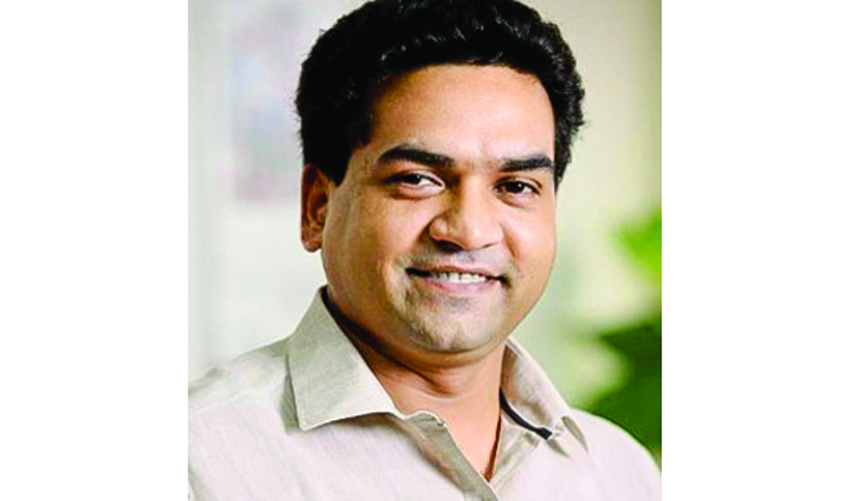The Delhi government’s tall promises to clean up the Yamuna have fallen flat, with hardly any improvement in the quality of the river’s water. Kapil Mishra, Delhi Tourism and Water Resources Minister, had “vowed” in September 2015 that he would ensure that the Yamuna waters get cleaned up “within 36 months”. He had even claimed that he would take a bath in the Yamuna after 36 months.
However, almost 18 months after the “vow”, the quality of the water is as polluted as before, leaving Delhiites and environmentalists wondering what happened to the huge amount of funds spent in the name of cleaning the river. Anil Sood, a Delhi-based “Clean Yamuna’ campaigner and president of “Chetna”, said: “We are eagerly waiting to see Kapil Mishra take a bath in the Yamuna.”
The Sunday Guardian tried to contact Mishra, but he was not available to comment on the issue.
If the Yamuna is near-dead, it’s not only because of the absence of adequate clean-up systems. The existing infrastructure to treat waste water before it flows into the Yamuna is fast collapsing. As per a report of a committee appointed by the National Green Tribunal (NGT), there has been no improvement in the situation so far, as most of the installed infrastructure to prevent pollutants from entering the river, is not working properly. The report says that the capital generates sewage to the tune of 900 million gallons per day (MGD), but the 36 treatment plants at 22 locations have a combined capacity of 700 MGD. In reality, these plants are together treating only 400 MGD of sewage. “Across the city, only seven locations have monitoring laboratories with 15 analysts. These laboratories—supposed to test samples before and after treatment—function only eight hours a day instead of being a round-the-clock monitoring system. A 16-hour monitoring plan has been gathering dust for a year now with the Delhi Jal Board,” the report of the NGT committee has said. Manibhushan Pratap Senger, a senior advocate at the Patna High Court, said: “The lack of drainage systems in cities across the riverbed is leading to the death of the rivers, be it the Ganga or Yamuna.” Senger, who has filed a PIL at the Patna High Court seeking its help in making installation of sewage treatment plants compulsory, said, “The situation is alarming as the untreated water from the city’s drainage has destroyed the rivers.”
According to a senior Delhi government official, 70% of the sewage treatment plant operators are private and are getting fully paid, but not working to full capacity. A plant in northwest Delhi is treating only 1 MGD of sewage against its installed capacity of 10 MGD, but the private operator is getting the full payment of Rs 50 lakh annually, he said. Delhi government has been stressing on the need for a decentralised plan for cleaning Yamuna and in 2015, the Aam Aadmi Party (AAP) government had made a layout of Rs 6,000 crore for the purpose. Since the 1990s, there have been several Yamuna action plans, but the results have not been visible on the ground.

